Transcription of Differentiated Instruction in the Inclusive Classroom
1 Research Journal of Educational Sciences _____ISSN 2321-0508 Vol. 2(7), 10-14, November (2014) Res. J. Educational Sci. International Science Congress Association 10 Differentiated Instruction in the Inclusive Classroom Kalpana Thakur Institute of Educational Technology and Vocational Education, Panjab University, Chandigarh- 160014, INDIA Available online at: , Received 29th May 2014, revised 23rd September 2014, accepted 14th October 2014 Abstract Inclusive education has developed from the belief that education is a basic human right and that it provides the foundation for a more just and accepting society. The right to education Act (RTE) 2009 necessitates the present day Classroom to be Inclusive in nature that is welcoming and is pedagogically capable of educating the naturally diverse population of students who arrive at its door. Differentiated Instruction is the very foundations upon which teachers can create such classrooms.
2 Differentiated Instruction is a technique that teachers use to accommodate each student s learning style and instructional preferences. This strategy may involve teaching the same material to all students using a variety of instructional methods, or it may require the teacher to teach content at varying levels of difficulty based on the readiness, interests and ability of each student. The paper also highlights the rationale of Differentiated Instruction that lies behind Piaget s constructivist theory, Vygotsky s socio-cultural theory; Gardner s multiple intelligence theory, varied learning styles. The present paper focuses on the four areas by which the teachers can differentiate viz. i. through content: the information that must be learned, ii. process: The combination of activities and input from the teacher that engage the learner in the content, iii. product: The outcomes of student learning that demonstrate understanding or mastery, and iv.
3 Learning environment refers to how the Classroom is designed to meet the needs of the students. Keywords: Inclusive education, Differentiated Instruction , learning style, content, process, product, learning environment. Introduction Over the last few decades, the development of inclusion has become to central international education policy and has forced changes in legislation in many countries. The inclusion of students with barriers to learning in ordinary schools is a part of the global movement for human rights. All learners have a right to education, regardless of their individual characteristics or difficulties. In taking a human rights approach or human justice perspective, it is critical to foster evenhandedness for diverse learners. The United Nations created a universal framework to develop educational program for all learners, including all with special educational needs1,2. Inclusion in education is concerned with providing equal learning experiences and equal opportunities for all children, youth with a specific focus on groups susceptible to be left out from society life.
4 This apply not only to children with special educational needs but even those considered to have emotional, behavioral, physical and mental disabilities but also to minority communities; gifted or talented students; children with social difficulties such as street children, children of prison inmates; people in disadvantaged and remote areas3. The RTE Act - 2009 provides a legal framework that supports free and compulsory elementary education for all the children of India, between the age group of 6-14 years. It also advocates for an education that is free from fear, stress and anxiety and of reasonable quality, based on principles of equity and non-discrimination. To implement the inclusion principles we need to look at arise of the barriers in education system and need to work on for their removal. Inclusion in the Classroom requires an educator to consider all the students whether normal or with special educational needs simultaneously, to plan for their learning needs and to address the curriculum4,5.
5 Research indicates that there are strategies that take into account school reform and diversity within the Classroom . Differentiated Instruction is an example of such a strategy. The objectives of the present paper are: i. to provide the overview of Differentiated Instruction , ii. to discuss the rationale behind the Differentiated Instruction , iii. to discuss the elements by which teacher can differentiate Instruction , iv. to manage Differentiated Instruction in the Classroom Differentiated Instruction : Planning for all Differentiated Instruction is an organizing structure or framework in teaching and learning which calls for a major restructuring in the Classroom and curriculum, if done well, its benefits far out way the costs. Differentiated Instruction can be defined as a philosophy of teaching that is based on the premise that students learn best when their teachers accommodate the difference in readiness levels, interests and learning profiles6, 7.
6 Differentiated Instruction is a process to teaching and learning for students of differing abilities in the same class. The intent of differentiating Instruction is to maximize each student s growth and individual success by meeting each student where he or she is and assisting in the learning process8 . Differentiated Instruction seeks to move away from teaching to the whole class in the same manner and addresses the needs of all learners, Research Journal of Educational Sciences _____ISSN 2321-0508 Vol. 2(7), 10-14, November (2014) Res. J. Educational Sci. International Science Congress Association 11 including those who are at risk and the gifted, through various forms of well planned, well-organized, flexible curriculum and instructional strategies. Differentiated Instruction can enable students with a wide range of abilities from gifted students to those with mild or even severe disabilities to receive an appropriate education in Inclusive classrooms9,10.
7 In order to understand Differentiated Instruction , the principles for practicing must be articulated viz. i. Every child can learn. ii. All children have the right to high quality education. iii. Progress for all will be expected, recognized and rewarded. iv. Learners in a Classroom have common needs, distinct needs, and individual needs11 . Theoretical Bases of Differentiated Instruction The foundational belief for differentiation is that every student is different and he learns differently from others. The rationale behind ddifferentiated Instruction is Piaget s constructivist theory, Vygotsky s zone of proximal development, and Gardner s theory of multiple intelligences12. According to Piaget s theory, the learner interacts with objects and events available in the physical and social environment and thereby comprehends the features held by such objects or events using the process of assimilation, accommodation and equilibration.
8 The learners, therefore, construct their own conceptualizations and use those conceptualizations to generate solutions to problems. This theory suggests that humans create and construct knowledge as they try to bring meaning to their experiences. In the Differentiated Classroom , teachers should facilitate the learning process by organizing learning activities and using variety of aid material according to the level of functioning of student s cognitive structure to enable him to construct knowledge through his experiences. The zone of proximal development is the distance between student s ability to perform a task with assistance under adult guidance or with peer collaboration and the student s ability to perform the task without any assistance14. According to Vygotsky learning occurs in this zone. In Differentiated Instruction , first the teacher need to identify what the students can achieve independently (level of actual development) and for further learning of the more challenging tasks, differentiate learning tasks accordingly and provide academic support from teacher as well as from more proficient peers so that students acquire necessary academic skills for independent learning (level of potential development).
9 Gardner stated that human beings possess a basic set of intelligences at varying levels, and that no intelligences should be viewed as bad or good 15. Gardner identified the existence of eight distinct intelligences: visual-spatial, verbal-linguistic, musical, logical-mathematical, bodily kinaesthetic, interpersonal, intrapersonal, and naturalistic. Gardner suggested that one of the intelligence may be stronger than the other but they all are utilized by an ordinary person16. In the Differentiated Classroom , teachers should provide educational opportunities in such a way that nurture the strong area of intelligences but also allow students to use all their intelligences. When teachers consider students interest, they give students the opportunity to develop skills and concepts through the topics which students enjoy studying. When teachers consider learning styles they plan learning activities taking into account visual, auditory, and kinaesthetic preferences.
10 When teachers consider students readiness level, they take into account the academic needs of their students17. Critical areas/elements by which teacher can differentiate For implementing Differentiated Instruction in their classrooms, teachers need to modify curriculum and Instruction by selecting and organizing content on the basis of learning objectives, choosing instructional approaches for its effective transaction, designing learning activities and assessments according to students interests, learning styles and readiness levels17, 18. Content: Content is what we teach (the curriculum). Content consists of facts, concepts, generalizations or principles, attitudes, and skills related to the subject, as well as materials that represent those elements. It can be Differentiated in two ways. First in differentiating content, we can adapt what we teach by varying learning outcomes on the basis of what students already know.

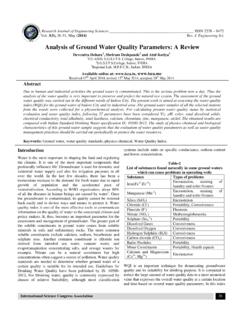
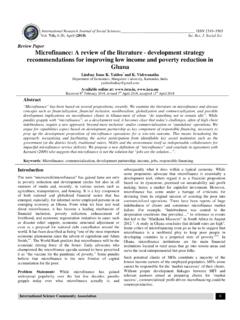
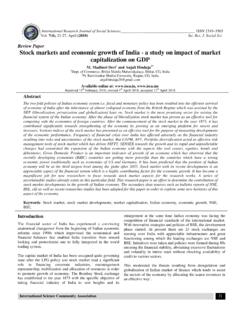


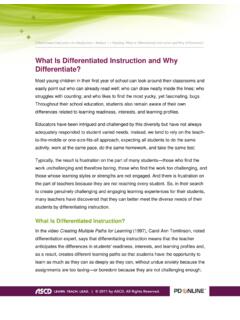
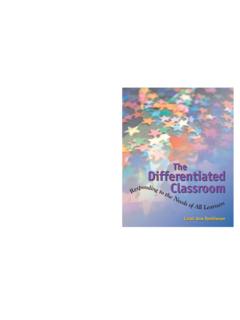

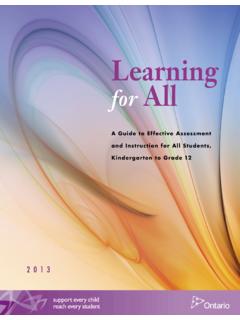
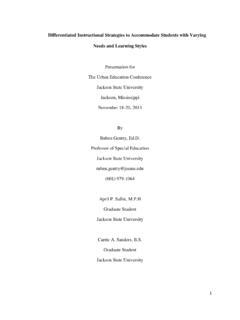
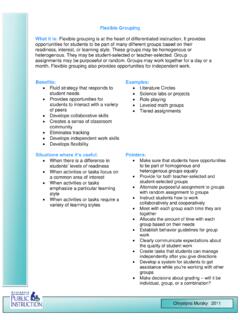
![The Ontario Curriculum, Grades 1-8, Language [revised] 2006](/cache/preview/d/5/3/5/d/c/7/4/thumb-d535dc7439a04910d8a17bf7f1d6b83f.jpg)